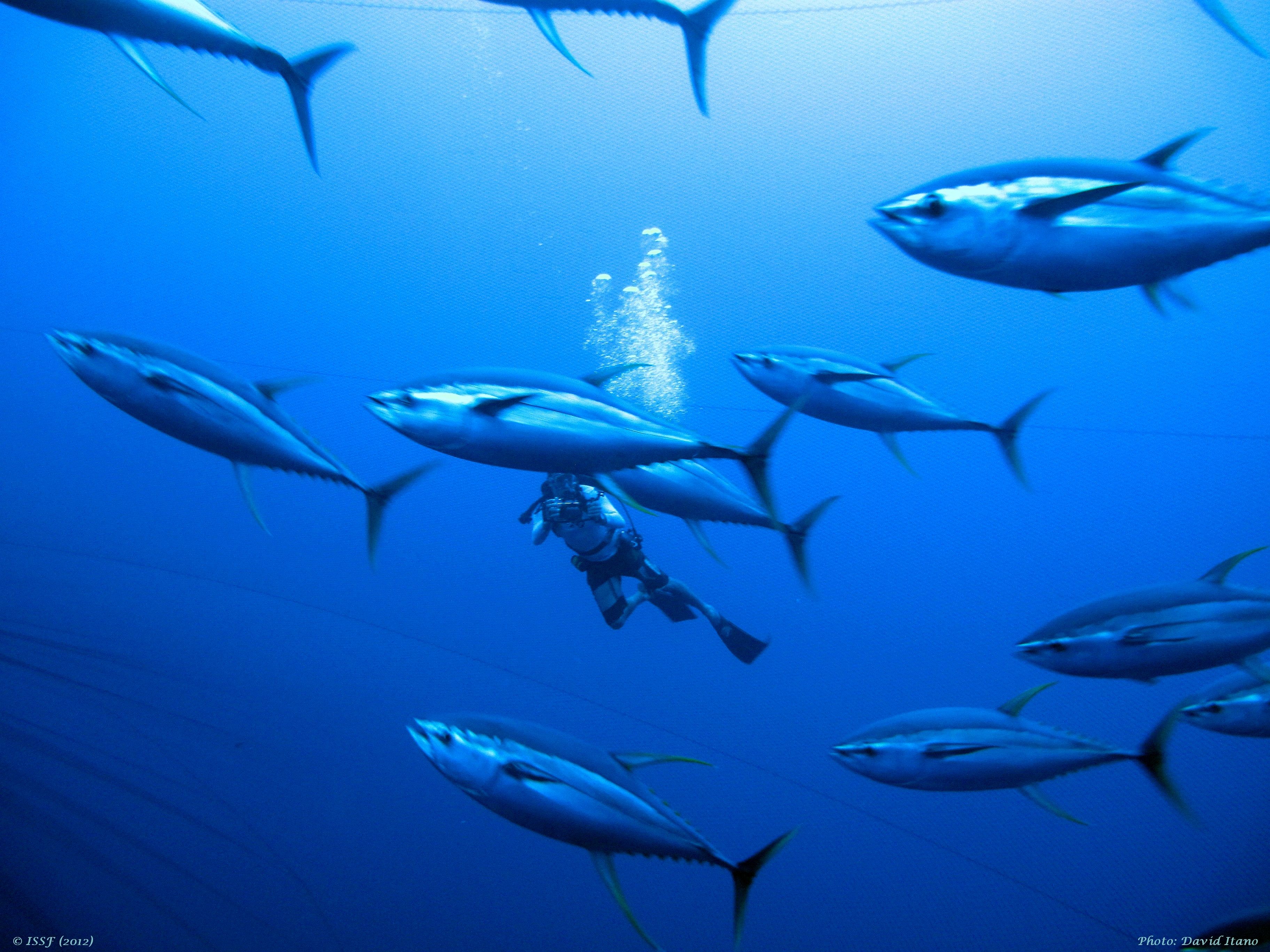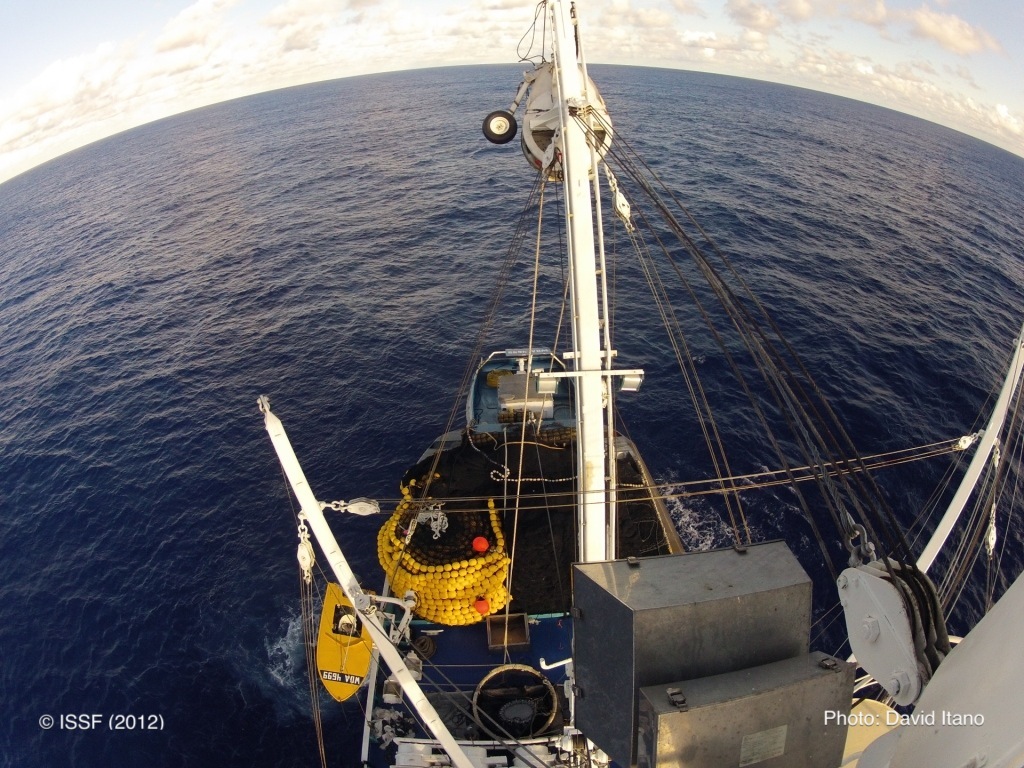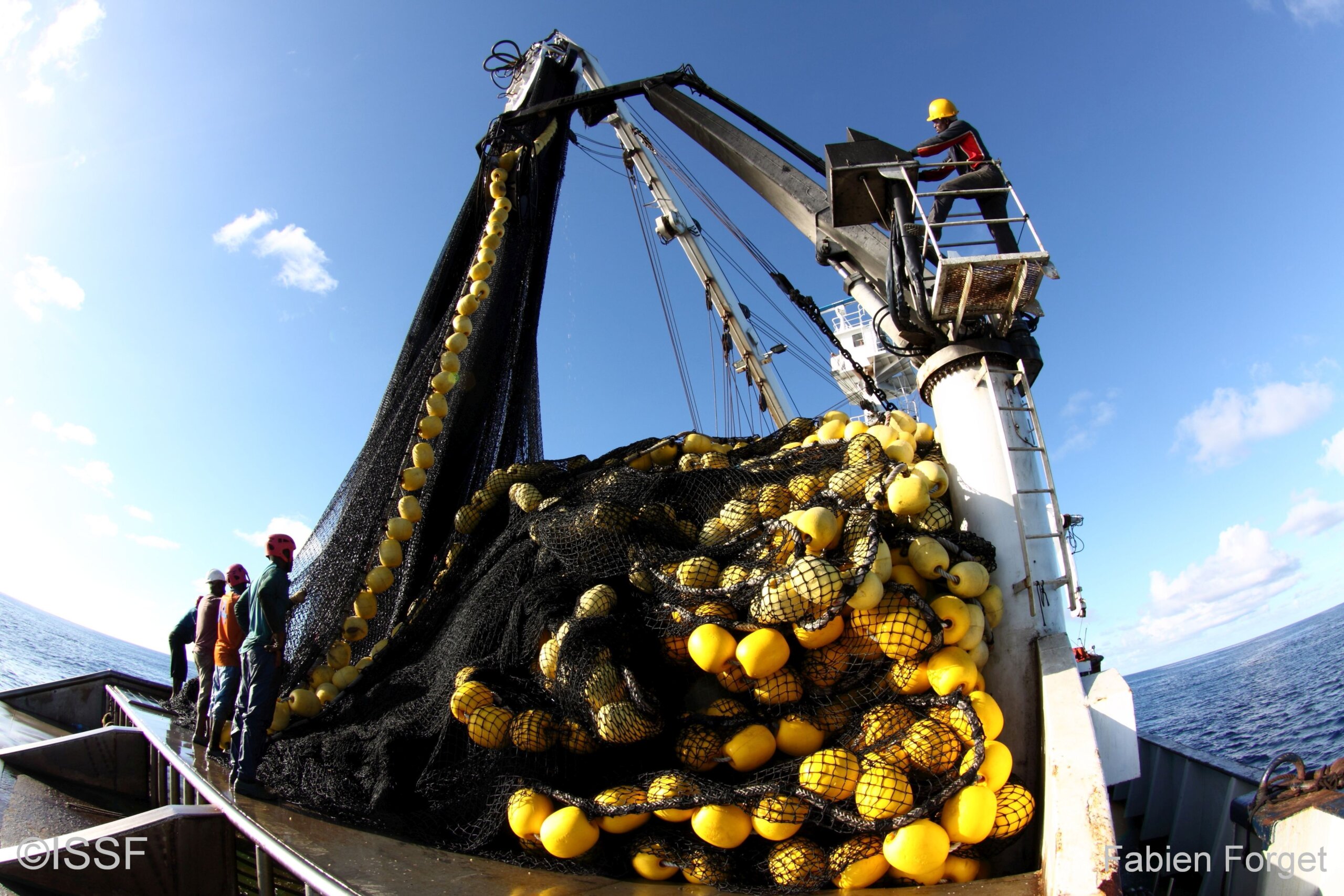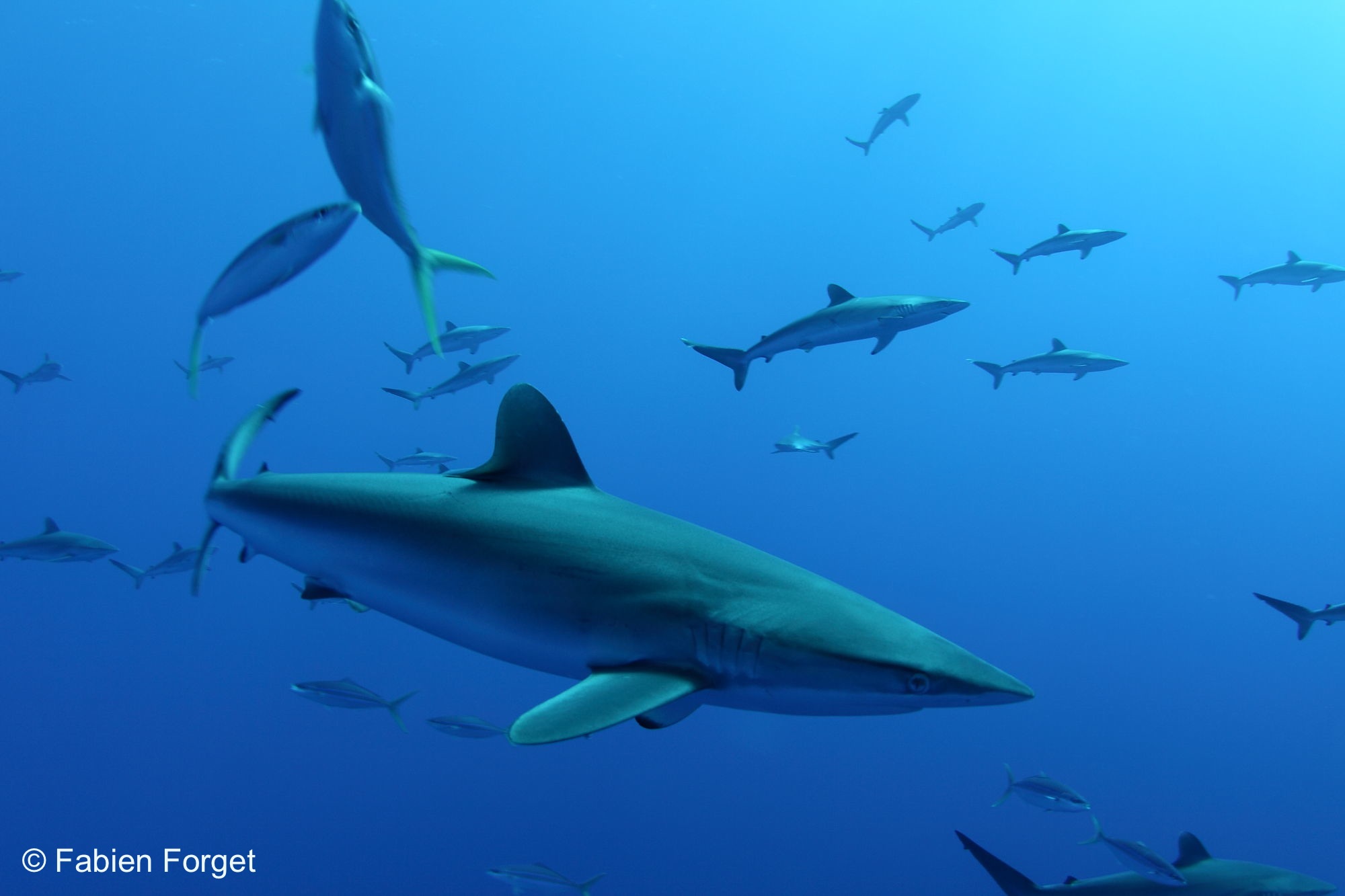
Pacific Ocean Fisheries Managers Take Important Steps on FAD Management, But Delay Needed Action on Harvest Strategies to 2022
The Western and Central Pacific Fisheries Commission (WCPFC) recently wrapped up a longer-than-usual annual meeting — one with important stakes for tuna stocks in the region.
Prior to the gathering, ISSF issued a position statement outlining our organization’s top priorities for the Commission in 2021. Below is a summary of both the hits and the misses at the conclusion of the meeting.
WCPFC Hits
Tropical Tuna Conservation Measure
Ahead of the WCPFC meeting, ISSF urged all parties to come to an agreement on the adoption of a new and enforceable tropical tuna conservation measure for all fleets that limits fishing mortality for bigeye, yellowfin, and skipjack tuna. We advocated for the removal of ambiguities and exemptions present in the previous version of the tuna measure. ISSF also advocated that, at a minimum, the existing measure that was set to expire in February 2022 should not be allowed to lapse.
WCPFC agreed to essentially roll over its existing tuna conservation measure, which includes fish aggregating device (FAD) closures and bigeye tuna catch limits, among other key elements, for two more years. Maintaining important protections for these tuna stocks is a critical step, and ISSF will be pushing for and supporting more work at WCPFC to improve the measure in the coming two years.
FAD Management
FAD management consistently leads ISSF asks for all tuna regional fisheries management organizations (RFMOs). Without rigorous management in place, FADs can have negative impacts on the marine environment. ISSF therefore asked WCPFC to adopt a work plan for FADs with a timeframe to transition to FADs without nets and made primarily with biodegradable materials; develop FAD recovery policies for lost or abandoned FADs; develop a FAD marking scheme and ownership rules; and require FAD position and acoustic data. We also requested that the Scientific Committee provide science-based limits on FAD deployments, active FADs, and/or FAD sets.
WCPFC acted to adopt progressive improvements to their FAD management measures. Most notably, members agreed to prohibit mesh netting in any part of the FAD by 1 January 2024, which will reduce entanglement of sharks and other non-target species. The Commission also set their timeline for action regarding transitioning to the use of biodegradable FAD materials. It was agreed that in 2023, the Commission will consider the adoption of measures for the use of biodegradable materials in FADs, based on recommendations of its Scientific Committee and FAD Working Group.
The Commission also agreed to encourage vessels to carry equipment for the retrieval of FADs, to make reasonable efforts to retrieve lost FADs, and to report these efforts to relevant authorities. While this outcome is not as robust as ISSF had wanted, we are hopeful that WCPFC will continue to adopt more measures to prevent lost or abandoned FADs, which can cause marine pollution and pose risks to marine life.
Compliance Monitoring
Strong RFMO compliance processes improve fisheries management by holding members accountable. Robust and transparent compliance promotes public and market confidence in the legitimacy of management organizations like the WCPFC, ensuring the international management and long-term sustainability of shared fisheries resources.
We are therefore pleased that WCPFC agreed to extend its compliance monitoring scheme (CMS) for two years and will prioritize its efforts to finalize the intersessional work to strengthen the CMS that was agreed upon several years ago. ISSF looks forward to the adoption of these new, stronger tools in 2022 and to a rigorous compliance review in 2023.
WCPFC Misses
WCPFC did not adopt target reference points for bigeye and yellowfin, or a list of candidate management procedures for skipjack and albacore. These are actions that ISSF — and our partners and stakeholders — called for as necessary to meet the 2023 Marine Stewardship Council (MSC) deadline for harvest strategy conditions.
WCPFC did agree to hold a scientist-manager dialogue on a trial basis beginning in 2022. And we will be watching this process closely as a guidepost for accelerated progress on this critical issue.
Ahead of the WCPFC annual meeting, ISSF called for the adoption of a conservation measure for an electronic monitoring (EM) program and minimum standards for the use of electronic monitoring in WCPFC fisheries. The Commission unfortunately did not take up such a measure this year.
The WCPFC working group on electronic monitoring will continue into 2022, and we hope that the development of an EM program will advance more swiftly — allowing for increases in observer coverage for longline fleets and of at sea-transshipment activities.
At this year’s annual meeting, the WCPFC took extra time to ensure that its tropical tuna conservation measure was a priority. This session also demonstrated the commitment of WCPFC members to sustainable tuna management and finding consensus, even in a challenging virtual setting. That said, the meeting outcomes include a mix of successes — like updates to FAD management measures — and failures, including the lack of meaningful progress on harvest strategies, electronic monitoring, and at-sea transshipment reforms. We look forward to working with the Commission and WCPFC members into next year to advance those objectives that were not realized in 2021.


